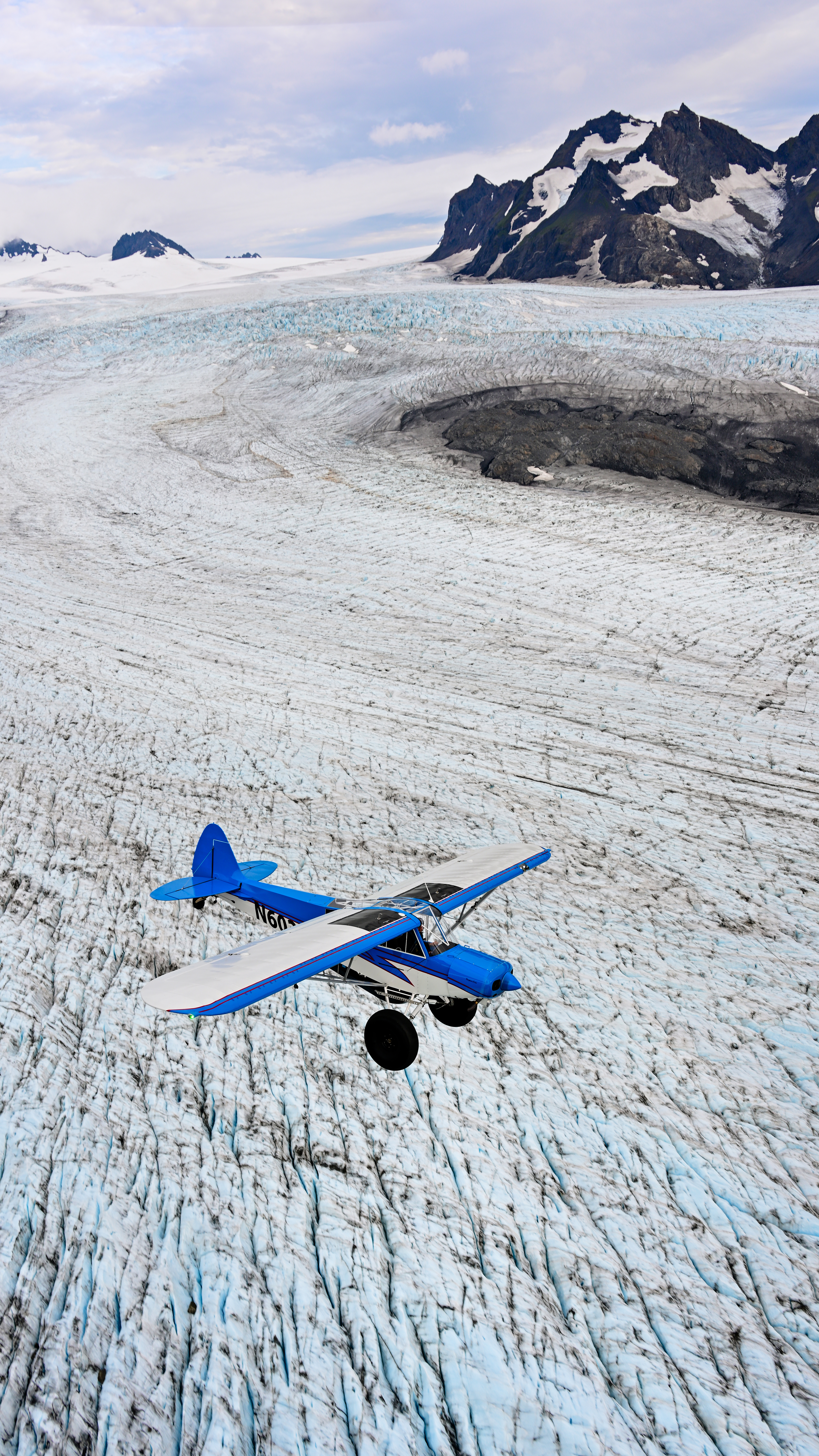Winterize your skills
Icing and night flying change the picture

Even in relatively warm climates, icing will likely be a factor to nearly everyone flying in the United States this winter (except maybe you, Hawaii). Make checking the freezing level part of your routine if it isn’t already. If it is something you keep in your preflight weather briefing rotation throughout the year, you’ll be well prepared when these colder days roll around. I remember the shock I felt the first time my instructor, during my IFR training in the Los Angeles area, showed me a freezing level chart that would indeed have led to icing on the IFR flight I had planned. The idea of freezing temperatures above sunny SoCal was beyond comprehension to my private pilot mind, but it taught a very “law of intensity” lesson that even in milder climes icing is a factor for winter flying. CFIs, don’t forget to teach this—learning it in IFR training was a little late for me.
And in the right weather, rain and snow can be an icing concern as well. Very dry or very cold snow will fall off the wing like confetti, but in the perfect conditions, this visible moisture can rapidly cover your wings and fuselage in ice. Remember, any icing is bad, even in aircraft equipped to handle flight into known icing conditions. Simply climbing to colder air will retain the ice on the airframe; finding warmer air will eventually melt it, but that process takes time, more than many pilots think. Also recall that those anti-ice measures are only for select sections of the aircraft, not the whole thing (heated leading edges, boots, for instance), and are meant more as a stop-the-bleed answer (and a tool to get you out of ice and into better conditions) rather than a pass for continued flight in icing. Icing systems have limitations, from the type of icing they can operate in (i.e., moderate only) to the amount of fluid systems carry. Additionally, electrical systems may have cycle times that need to be considered. The loss of these protections constitutes an emergency in icing conditions.
Fall and winter also mean shorter days, and less of that lush summer sun to fly in. Sometimes even with the best planning, flights can go longer than we expect. You don’t want to find yourself flying as day turns to night with no night proficiency. This would be a great time to go get in some practice either by yourself or with a flight instructor in different light conditions. And winter sunsets are special, so if you are night current, that’s one way to make the most of it. Flying at night will also brush up some skills that are more likely than not a little rusty, and finding a new way to build proficiency is always a good idea. Don’t forget to pack a jacket—those nighttime temps can drop quickly.
Winter is typically a time when we fly less, but let’s make sure that the flying we manage to do is as safe as possible.



